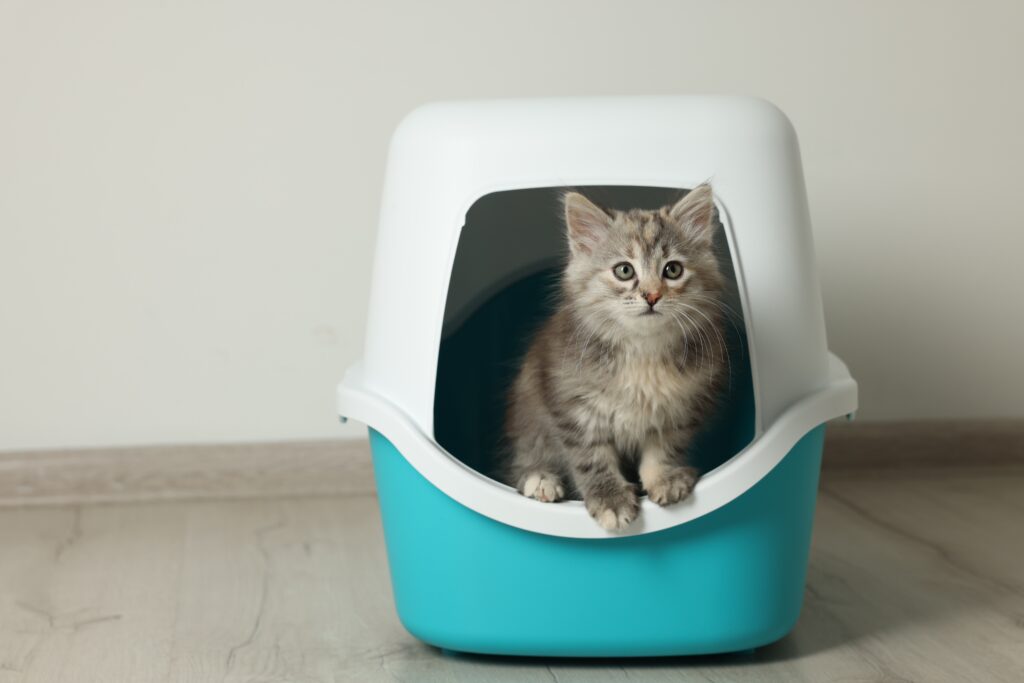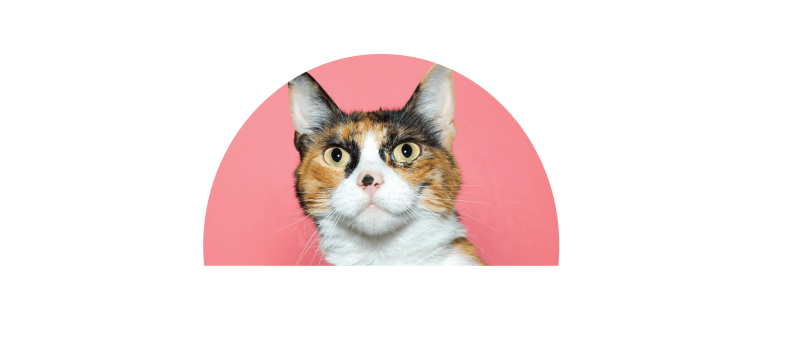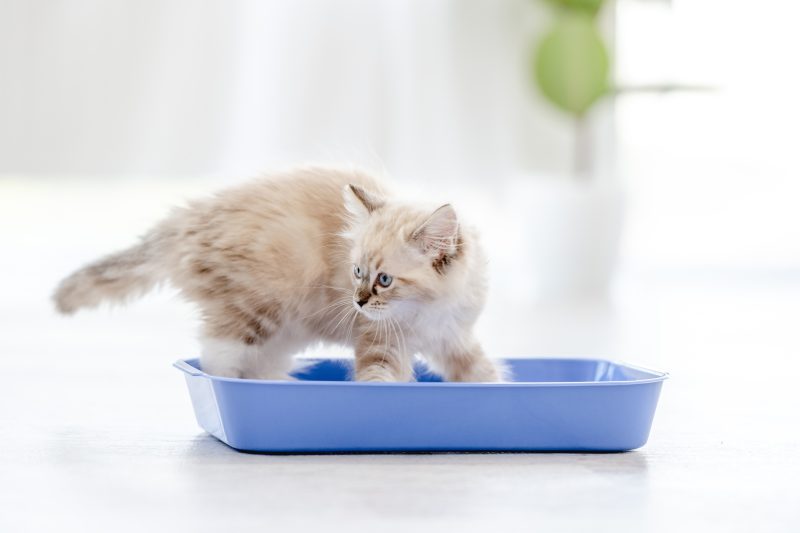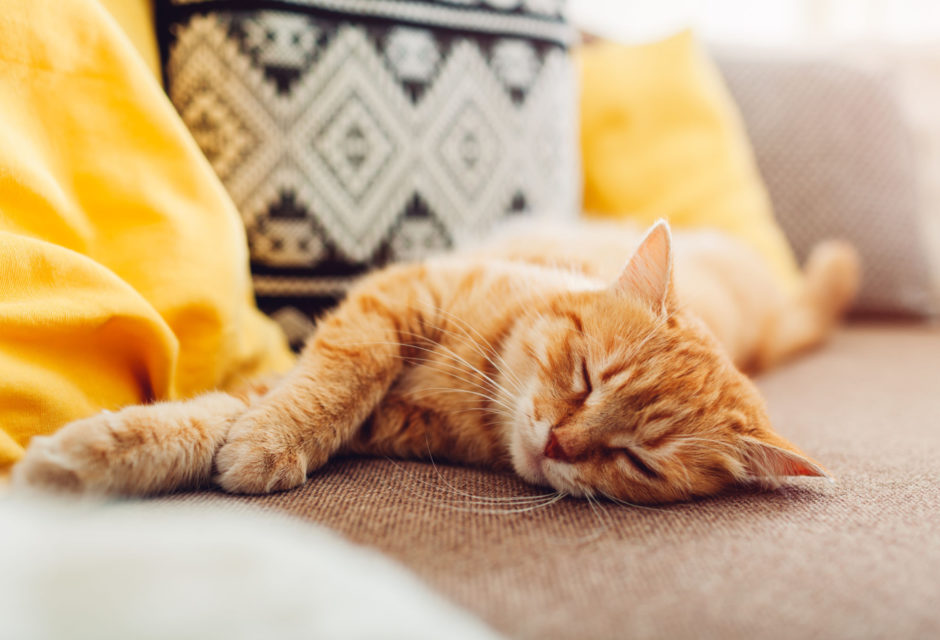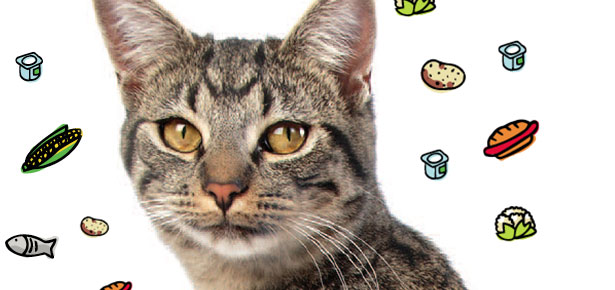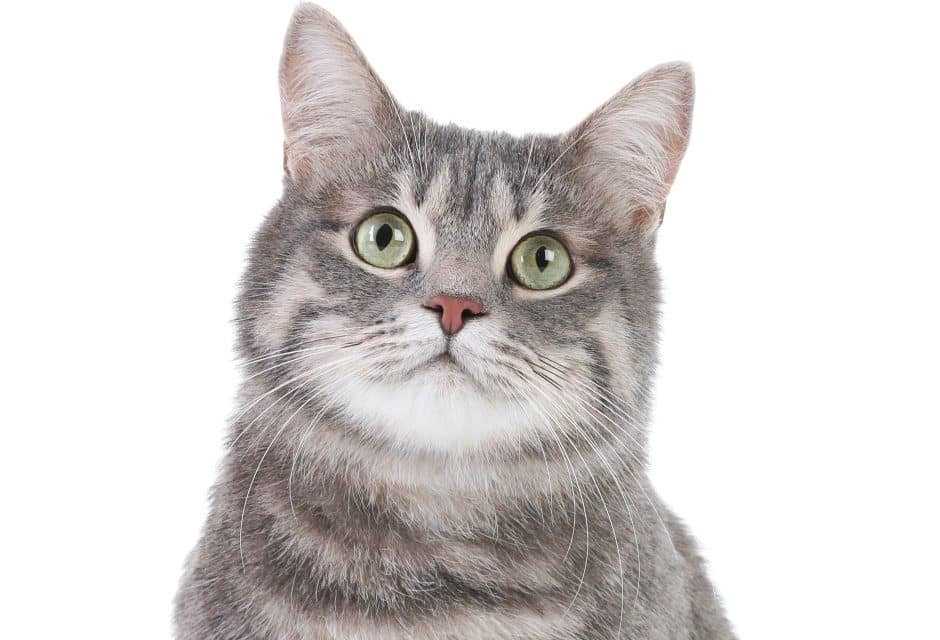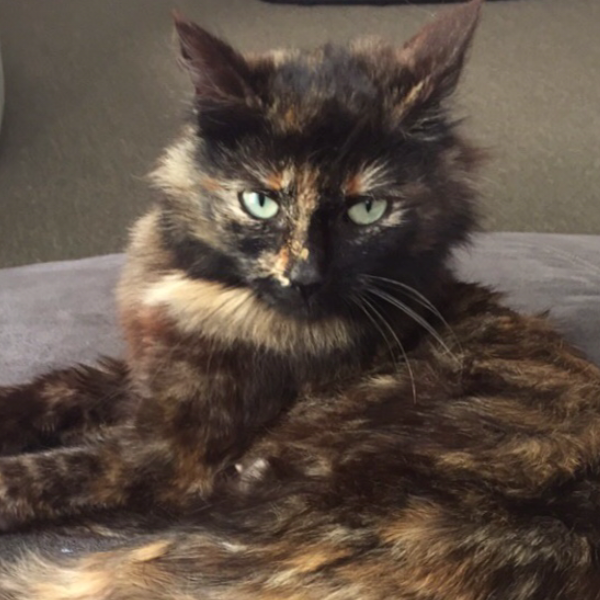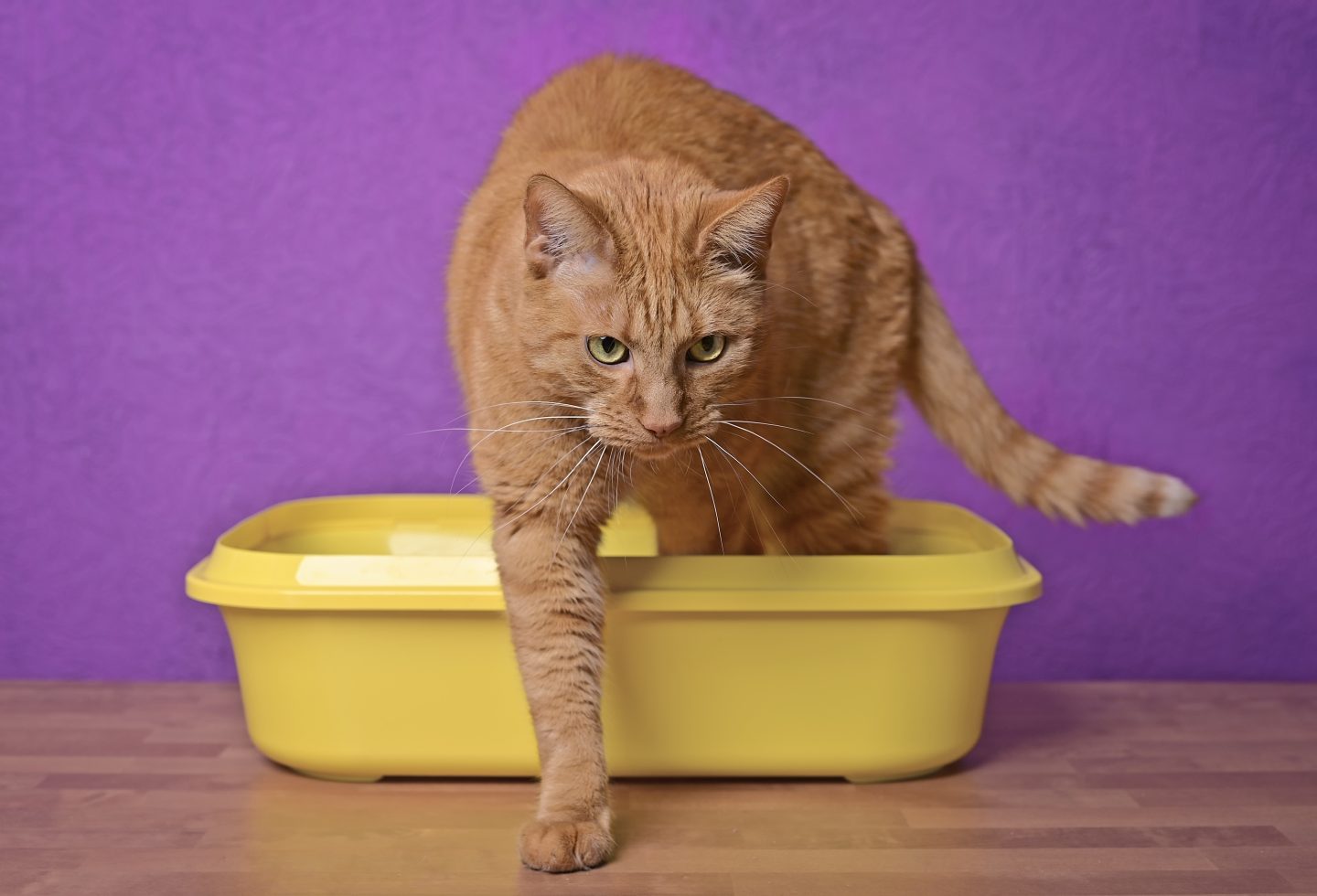

Scooping the Litter Box is More Valuable Than You Realize!
If you’ve read my books or are familiar with my advice, you know I always recommend cat caregivers scoop the litter box at least twice a day. Cats are very clean animals and when they go to the box for elimination, they certainly don’t want to have to climb over mounds of old fecal waste or clumps of urine. Frequent and consistent litter box scooping isn’t just about cleanliness though. Every time you scoop the litter, it’s an opportunity to monitor your cat’s health.
One of the reasons I don’t like self-cleaning or electronic litter boxes is that they take away your ability to monitor what is or isn’t happening in your cat’s litter box. Very often, one of the first signs that something medical might be going on with your cat is when you notice a change in litter box deposits.
I know this isn’t necessarily a pleasant job, but if you become familiar with how your cat’s urine clumps and poo look and smell, it may help you detect a potential problem in the earliest stages.
What to Look For
When it comes to urine, pay attention as you’re scooping, to the typical size of the urine clump and how often urine is deposited in the box. If you notice a change in the size, for example, if the urine clumps appear larger and are deposited more frequently, it could indicate something such as diabetes or kidney issues. If the urine clumps are smaller than normal, perhaps the cat may be experiencing pain upon urination or might also be urinating in other locations due to a sense of urgency. If you detect any blood in the litter, it could mean there’s a urinary tract problem. Since cats can be prone to urinary issues, it’s important to know what’s normal for your cat so you can be alerted to a potential problem and get your cat to the veterinarian right away.
For fecal deposits, pay attention to the normal size, appearance, and smell. Not fun, I realize, but it’s extremely important. If you notice the fecal waste appears very hard and is deposited in small balls, it may mean constipation. Examine the stool for signs of excessive hair, because there may be a hairball problem going on and you want to address that immediately to avoid the risk of a blockage. As you scoop, look for signs of diarrhea and loose stools as well. Look for anything out of the ordinary, such as slimy-looking stool, a change in color, or an unfamiliar odor. I know cat poop doesn’t smell great, to begin with, but there should be a consistency to the fecal odour.
Pay Attention to Your Cat’s Routine
If you scoop on a frequent and regular schedule, you’ll be in a better position to catch a potential problem in the early stage as well as be alerted to irregularities in routine. If your cat normally deposits a certain number of urine clumps each day and then you start noticing fewer clumps, it may be a sign that he’s eliminating outside of the box. This could be due to a medical issue, current litter box conditions, or something happening in the environment. The sooner you’re aware of the potential problem, the sooner you can address it.
Multi-cat Household Challenges
When you have more than one cat, it becomes more difficult to know which cat is doing what in the litter box. Provide an adequate number of boxes that are placed in the frequented areas of each cat to increase the chances of identifying individual litter box location preferences. This will make it easier to monitor each cat.
If you have a small multi-cat environment of about 2 or 3 cats, you’re probably familiar enough with each cat’s litter box schedule and how they eliminate in each box. For example, you may have a cat who never covers or one who always eliminates in a specific location inside the box, (such as one favorite corner).
Even if you absolutely can’t identify which cat is having a problem, you will at least be alerted that there IS a problem and can start watching more closely or take the most likely suspect to the veterinarian to start with, and then work from there.
Your Cat Depends on You
Very often, it’s a change in the cat’s litter box routine or in the urine/stool itself that becomes the first early warning of a problem. When at the veterinary clinic, even for a routine annual exam, the veterinarian will ask about the cat’s litter box habits. It’s a valuable diagnostic tool that may make a difference in maintaining your cat’s health. If you haven’t been scooping your cat’s litter box at least twice a day, then now is the time to start.
Pam Johnson-Bennett
Certified Cat Behaviour Consultant & Best-Selling Author
Pam Johnson-Bennett is a certified cat behaviour consultant and best-selling author of 8 books on cat behaviour. She starred in the Animal Planet series Psycho Kitty, seen in Canada and the UK. She was a vice president of the International Association of Animal Behaviour Consultants and founded their cat division. She has served on an advisory board for the American Humane Association as well as other animal welfare organizations.
Pam is considered a pioneer in the field of cat behaviour consulting, having started her career in 1982. Some of her books have been used as textbooks for behaviour courses and she has influenced many practicing in the field today. Her book, Think Like a Cat, has been referred to as the cat bible.
Pam owns Cat Behaviour Associates, located in Tennessee. She lives with her husband, two children, a rescued cat, and a rescued dog.
Join the newsletter and never miss out on cat content again!
"*" indicates required fields
By clicking the arrow, you agree to our web Terms of Use and Privacy & Cookie Policy. Easy unsubscribe links are provided in every email.





